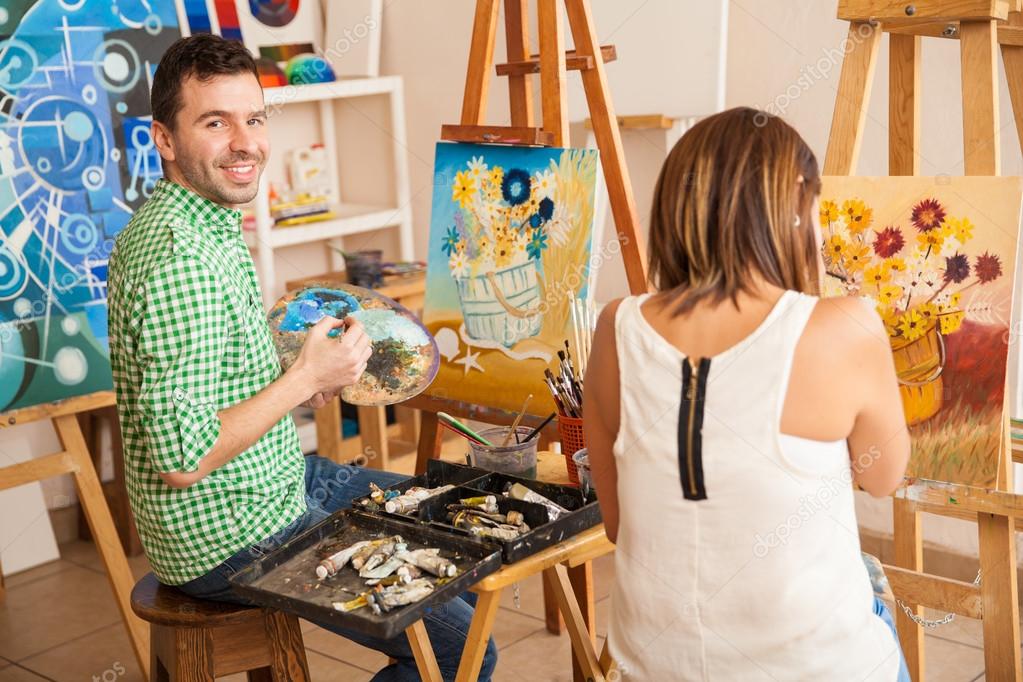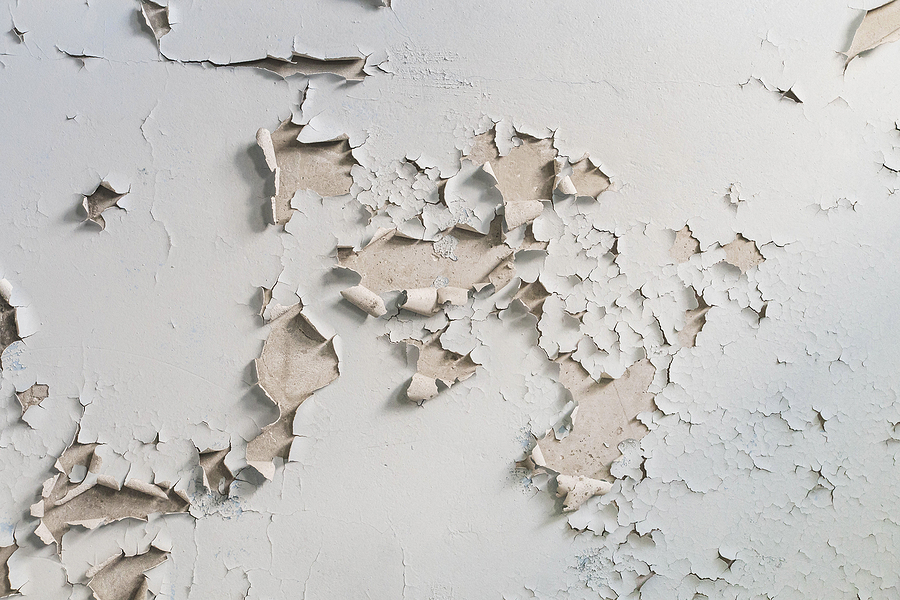Understanding Photo-Based Painting: A Comprehensive Guide for Professionals
In the dynamic fusion of photography and artistry, a common inquiry emerges: What exactly is photo-based painting? For many professional photographers today, it serves not merely as a form of creative outlet but as a bridge linking the worlds of photography and paintingan exploratory journey into a captivating hybrid art form that holds transformative potential.
At its essence, photo-based painting represents a distinctive combination where the exactness of photography intertwines with the expressiveness of painting. This art form involves using a photograph as both a foundation and a muse for an artistic creation. The photographer captures the intricate details and spirit of a scene, which then acts as a reference for artists who apply their interpretations using brushstrokes, colors, and textures. This merging of different mediums results in a multi-faceted artwork that communicates far more than either medium could convey alone.

The Evolution and Significance of Photo-Based Painting
Photo-based painting has surged in importance alongside advancements in digital technology. Techniques have progressed from basic tracing or copying to complex methods involving digital editing and artistic interpretation. The true significance of this art form lies in its power to maintain the authenticity of the subject while granting the artist the freedom to interpret it in countless ways.
For professional photographers, delving into photo-based painting can unlock fresh avenues for creative expression and new business opportunities. The increasing demand for personalized, hybrid artworks has steadily risen, rendering it a lucrative skill for those immersed in creative fields.
Techniques and Tools
Artists employ a diverse range of techniques, often tailored to achieve their desired vision. Some may opt to closely replicate the photograph with minimal artistic alteration, focusing on achieving high realism in their painting. Others may embrace a more abstract approach, using the photograph merely as a suggestion of form and color.
The tools artists use have also evolved. In addition to traditional canvases and paints, many now utilize digital tablets and software such as Adobe Photoshop, facilitating a seamless integration of photography and painting. This evolution empowers artists to explore limitless possibilities in texture, composition, and color palettes.
Why Is Photo-Based Painting Relevant for Photographers?
For photographers, adopting photo-based painting can represent a novel stride in storytelling. While a photograph captures a singular moment, a painting has the ability to delve into the emotional depth of that moment, pushing beyond simple pixels. It allows photographers to enter the subjective landscape of painting, where emotions and interpretations are limitless.
Additionally, engaging in photo-based painting can refine a photographer's technical skills and deepen their understanding of composition, color theory, and themes. This dual capability positions photographers advantageously in the competitive landscape of art and photography, providing clients with truly unique creations.
Applications in Professional Photography
The adaptability of photo-based painting extends across various applications in professional photography. From creating personalized portrait art for clients to developing distinctive brand imagery for commercial endeavors, or crafting one-of-a-kind pieces for exhibitions, photographers can leverage photo-based painting to enrich their portfolios and diversify their creative offerings.
Moreover, with the rise of visual storytelling in social media and marketing strategies, possessing skills that amalgamate photography with painting can provide professionals with a unique advantage, allowing them to create compelling content that captures attention and resonates with audiences.
By integrating these art forms, photographers can present distinctive products that stand out in the marketplace, thereby establishing themselves as innovators who harness the synergy between modern technology and traditional artistic techniques.
Resources for Mastering Photo-Based Painting
If you're a photographer eager to explore the domain of photo-based painting, numerous resources are available. For a detailed understanding, consider examining enlightening articles such as Photography Inspired by Painting or participating in courses like Intro to Painting from the Photograph. For a digital perspective, explore Digital Photo Painting.
Embracing this interdisciplinary journey not only enhances your artistic skill set but also provides new insights into visual storytelling.
Photo-Based Painting: An Expanding Art Form
As the boundaries between digital and traditional art continue to blur, photo-based painting epitomizes the limitless possibilities of creative expression. This art form is about more than just replicating a photograph; it's about breathing life, emotion, and storytelling into an image that transcends the ordinary.
Embrace the challenges of photo-based painting and discover where it can take your professional photography career. Whether transforming clients' cherished memories into lasting art or venturing into new artistic territories, this technique exemplifies the boundless potential of creative fusion.

FAQ
What are the main tools utilized in photo-based painting?
Traditional tools include brushes, canvases, and paints, while the digital age offers tablets and software like Adobe Photoshop, facilitating intricate digital manipulations.
Can any photograph serve as a basis for photo-based painting?
Yes, nearly any photograph can be the foundation for a photo-based painting. However, the intricacies and details required may vary based on the artist's style and intent.
How does photo-based painting benefit professional photographers?
This practice enables photographers to broaden their creative horizons, offering inventive artistic products and enhancing their storytelling through hybrid art forms.
For further inspiration and insights into photo-based works, check out this incredible exhibit.

